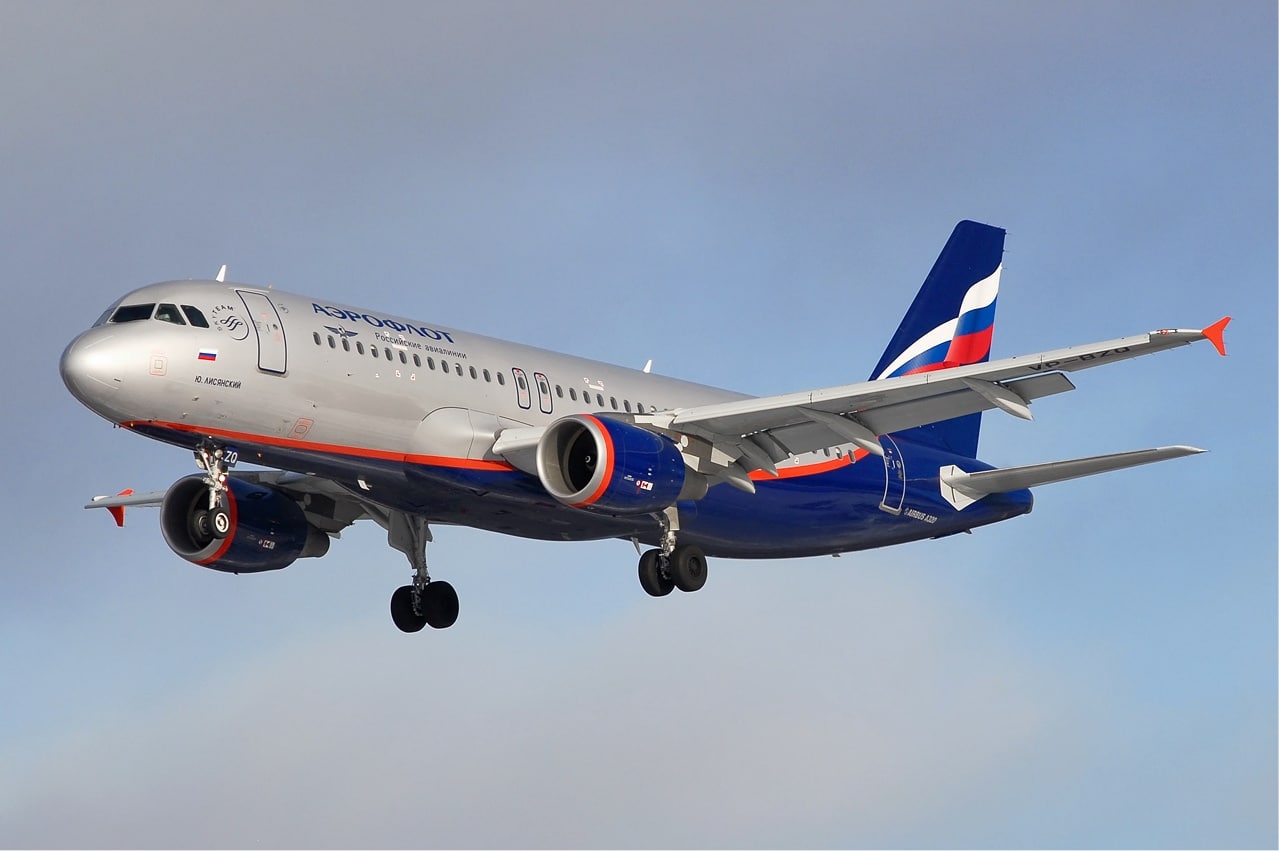Aerospace
The CEO of Airbus questioned the safety of Airbus aircraft operations in Russia.
The CEO of #Airbus has issued a safety alert on Russian airlines operating without the required upkeep or spare parts.

While engaging in aggressive behavior toward Ukraine, Russia has come under sanctions from numerous foreign allies, including the US and EU. As a result, Russia is having a lot of trouble maintaining its aviation sector. The country’s biggest airlines operate Airbus and Boeing aircraft, which are problematic to operate because their manufacturers don’t provide any maintenance.
Since it carries numerous passengers on aircraft and prioritizes safety for all of them, the aerospace sector is particularly sensitive.
Russia prohibits its pilots from working for foreign airlines.(Opens in a new browser tab)
The CEO of Airbus expressed concerns about the operation of their aircraft without technical help.
According to a story from Business Insider, the CEO of Airbus is worried about Russian airlines flying without the necessary maintenance. The CEO of Airbus has issued a safety alert on Russian airlines operating without the required upkeep or spare parts. It suggested that by transporting them without enough technical support, they are pushing the passengers into danger.
Russia wants to construct about 1000 planes by 2030.
Moscow is taking steps to evade the sanctions by reducing its reliance on Western technology. By 2030, Rostec, a state-owned technology company, plans to build 1,000 airplanes with internal components, according to a September interview with Reuters. Prior to the start of the Ukraine war, 95% of the passenger traffic in Russia was carried by airplanes purchased from Western industrial behemoths Boeing and Airbus.
How does Russia manage the operations of Airbus and Boeing airplanes?
An enormous issue for the nation, which greatly relies on imports of technology, is the collapse of imports into the country as a result of sanctions on Russia, particularly those of airplanes and their spare parts. There is speculation that some of the parts are locally produced and/or imported from the Chinese region, but they are managing parts by peeling off the unusable airplane parts and using them.
Russian Aeroflot Airlines began operating internationally.
One of the largest airlines in Russia is Aeroflot. As demand for air travel in Russia increases, the airline, which is supported by all available options, recently announced the launch of service from Moscow to various countries in the Middle East as well as Sri Lanka, Colombo, and Goa, India. Finding every available aerospace access is necessary for Aeroflot to operate.

Aerospace
Boeing Transfers Rocket Stage to NASA, Paving Way for Human Moon Mission

Boeing has achieved a significant milestone by providing NASA with the second core stage of the Space Launch System (SLS) rocket.
This crucial component, crafted at NASA’s Michoud Assembly Facility (MAF), is set to propel the Artemis II crew into lunar orbit, marking humanity’s return to deep space after a 50-year hiatus.
The monumental Boeing-built rocket stage, the largest element of the Artemis II mission, will embark on a journey aboard the Pegasus barge, traveling 900 miles to NASA’s Kennedy Space Center.
Comparison of two legendary aircraft B777x vs B747 aircraft:Click here
Upon arrival, it will be meticulously integrated with other essential Artemis II components, including the upper stage, solid rocket boosters, and NASA’s Orion spacecraft within the iconic Vehicle Assembly Building. This intricate integration process is a vital step toward the eagerly anticipated Artemis II launch, slated for 2025.
“Boeing-built products helped land humankind on the moon in 1969, and we’re proud to continue that legacy through the Artemis generation,” remarked Dave Dutcher, vice president and program manager for Boeing’s SLS program. “Together, with NASA and our industry partners and suppliers, we are building the world’s most capable rocket and paving the way to deep space through America’s rocket factory in New Orleans.”
NASA, Lockheed Martin Reveal X-59 Quiet Supersonic Aircraft:Click here
The delivery of Core Stage 2 marks a significant achievement in the evolution of the SLS rocket. Towering over 200 feet and powered by four RS-25 engines, this core stage, coupled with two solid-fueled booster rockets, will generate a staggering 8.8 million pounds of thrust. This immense power is crucial to launching Artemis II and future missions into the vast expanse of space.
The SLS rocket stands unparalleled in its capability to transport both crew and substantial cargo to the moon and beyond in a single launch. Its extraordinary capacity will facilitate the delivery of human-rated spacecraft, habitats, and scientific missions to destinations including the moon and Mars, ushering in a new era of space exploration.
-

 Travel1 week ago
Travel1 week agoAir India to Expand US Operations with Three New Routes After a Decade
-

 Travel2 weeks ago
Travel2 weeks agoWhy We Should Avoid These Stamps in a Passport
-

 Airlines1 month ago
Airlines1 month agoInvestigations Reveal Fake Chinese Titanium in Boeing and Airbus Jets
-

 Tech4 weeks ago
Tech4 weeks agoChina’s CATL Plans 1,800-Mile Electric Plane Launch by 2027
-

 Airport3 days ago
Airport3 days agoTop 10 Largest Airports in the World by Size
-

 Aerospace4 weeks ago
Aerospace4 weeks agoChina’s Fighter Jets Turn Wings into Autonomous Drones
-

 Airlines4 days ago
Airlines4 days agoAir India Rolls Out A350s for Delhi-New York JFK and Newark Routes
-

 Defence3 weeks ago
Defence3 weeks agoBoeing Enhances Chinook with New Engines and Block II Upgrades at $96 Million







